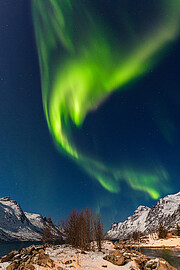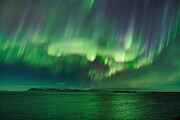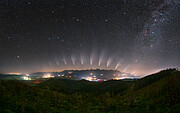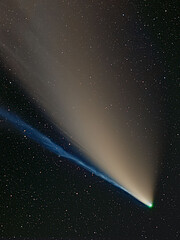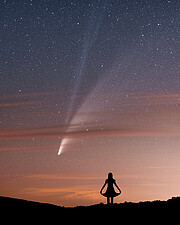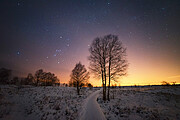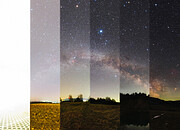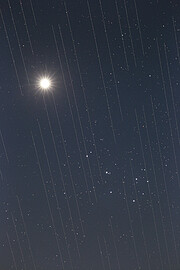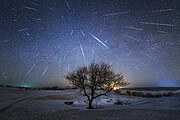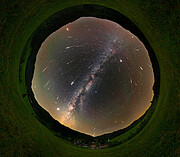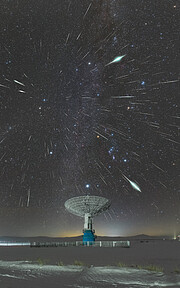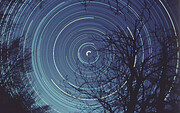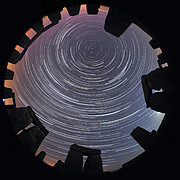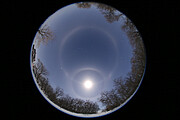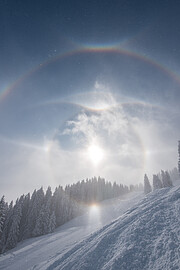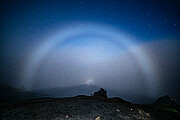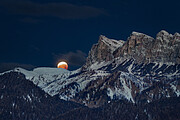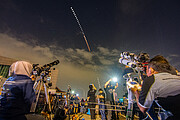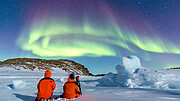- News
- Science
- Scientific Bodies
- Divisions
- Commissions
- Commission A1 Structure
- Commission A2 Structure
- Commission A3 Structure
- Commission A4 Structure
- Commission B1 Structure
- Commission B2 Structure
- Commission B3 Structure
- Commission B4 Structure
- Commission B5 Structure
- Commission B6 Structure
- Commission B7 Structure
- Commission C1 Structure
- Commission C2 Structure
- Commission C3 Structure
- Commission C4 Structure
- Commission C5 Structure
- Commission D1 Structure
- Commission E1 Structure
- Commission E2 Structure
- Commission E3 Structure
- Commission E4 Structure
- Commission F1 Structure
- Commission F2 Structure
- Commission F3 Structure
- Commission F4 Structure
- Commission G1 Structure
- Commission G2 Structure
- Commission G3 Structure
- Commission G4 Structure
- Commission G5 Structure
- Commission H1 Structure
- Commission H2 Structure
- Commission H3 Structure
- Commission H4 Structure
- Commission J1 Structure
- Commission J2 Structure
- Commission J3 Structure
- Commission X1 Structure
- Commission X2 Structure
- Past Commission Organising Committees
- Working Groups
- Centres
- Scientific Meetings
- Rules & Guidelines
- General Assemblies
- Meeting Proposals
- Future IAU Meetings
- General Assemblies
- EC Meetings
- Officers' Meetings
- Regional Meetings
- Symposia
- Focus Meetings
- Institutional Meetings
- IAU Offices Meetings
- IAU-Sponsored Meetings
- Letters of Intent submitted for 2024
- Letters of Intent submitted for 2023
- Letters of Intent submitted for 2022
- Letters of Intent submitted for 2021
- Letters of Intent submitted for 2020
- Past IAU Meetings
- Templates
- Other Meetings
- Grants & Prizes
- Scientific Bodies
- Publications
- IAU Publications
- IAU Strategic Plan
- Symposia
- WGSBN Bulletins
- Regional Meetings
- Information Bulletins/Catalyst
- E-Newsletters
- Focus Meetings
- Transactions A
- Transactions B
- Related Publications
- GA Newspapers
- CAPjournal
- IAU Books
- Brochures
- IAU Offices
- WG Reports
- Commission Reports
- Division Reports
- Past IAU Publications
- Rules, Guidelines and Instructions for Proceedings
- Publishers
- IAU Publications
- Administration
- About the IAU
- Statutes & Rules
- IAU Policies
- IAU Executive Bodies
- IAU Secretariat
- Resolutions
- Members Administration
- Administrative Dates & Deadlines
- International Organisations Relations
- Donate to the IAU
- Training in Astronomy
- Astronomy for Education
- Astronomy for Development
- Astronomy for the Public
- Office for Astronomy Outreach
- FAQ
- Themes
- Satellite Constellations
- Astronomy in Everyday Life
- How to Report a Discovery
- Careers in Astronomy
- Defining our Place in the Cosmos
- The Constellations
- Light Pollution
- Measuring the Universe
- Near Earth Objects
- How to Participate in Astronomy Research
- Naming of Astronomical Objects
- Naming of Exoplanets
- Buying Star Names
- Naming Stars
- Pluto and the Solar System
- IAU Member Statistics
- Our Moon: the Moon
- Meteors & Meteorites: The IAU Definitions of Meteor Terms
- UNESCO-IAU Portal to the Heritage of Astronomy
- Social Media
- Past Events
- Call for Online Resources
- Astronomy@Home Awards
- Contact
ann21047 — Announcement

25 August 2021
Winners of the IAU OAE Astrophotography Contest Announced
30 New Free Images and Videos Released to the Community
The Office of Astronomy for Education (OAE) Astrophotography Contest announced earlier this year has come to an end, after receiving nearly 700 images from 57 countries. The winning photos, announced below, are now available under the Creative Commons Attribution (CC BY) 4.0 International License (the authors will still retain the copyright to their images). This allows their free use as long as proper credits are given (see each image for the credit in the form author/IAU OAE). These images serve as an open educational resource to benefit teachers and learners worldwide, and can be accessed here.
The contest was launched to gather material of educational value on astronomical topics for which high-quality images and videos are not easily accessible to educators. Participants were invited to submit images in 10 different categories which were identified as areas that could benefit from more educational content: aurorae (sill images and time-lapses), comets, Galilean moons orbiting Jupiter (time-lapses), light pollution, meteor showers, star trails, Sun/Moon haloes, total lunar eclipse, and wide star fields.
Alessandra Masi, first place winner in the Total lunar eclipse category says: “Astrophotography allows me to deepen the celestial phenomena and it is exciting to be able to film the astronomical events set in the wonderful territory where I live, the Cadore, immersed in the Dolomites recognized by UNESCO as a World Heritage Site.”
Entries were evaluated by an international panel of astrophotographers and astronomy educators, who considered not only the aesthetic and technical criteria, but also the educational value of each entry in the context of primary and secondary school teaching. The three winning entries in each category receive cash prizes of €750, €500 and €250 for first, second and third place respectively.
The winning entries in each category are:
Aurorae (still images):
First place: Multicoloured aurora in Iceland, by Marco Migliardi on behalf of Associazione Astronomica Cortina, Italy
Second place: Northern light dragon over Ersfjordbotn/Norway, by Rainer Sparenberg, Germany
Third place: Iceland aurora, by Emanuele Balboni, Italy
Comets:
First place: Neowise’s metamorphosis, by Tomáš Slovinský and Petr Horálek, Slovakia
Second place: Comet C/2020F3 (Neowise) with separate dust and ion gas tails and a green glowing coma, by Dietmar Gutermuth, Germany
Third place: Hello Comet, shall we dance?, by Robert Barsa, Slovakia
Light pollution:
First place: Starry Night over Eifel national park, by Dong Han, China
Second place: Real Light Pollution Panorama, by Tomáš Slovinský, Slovakia
Third place: Satellite swarm versus night sky beauty, by Torsten Hansen, Germany
Meteor showers:
First place: Geminid Meteor Shower from China, by Dai Jianfeng, China
Second place: Perseids 2020 over Dark Sky Park Poloniny, by Tomáš Slovinský, Slovakia
Third place: Gemini meteor shower, by Hao Yin, China
Star trails:
First place: Half day exposure to the north star, by Fabrizio Melandri, Italy
Second place: Stone Star Circles, Star Trails above Stonehenge, by Till Credner, Germany
Third place: Star Trails And Lava Plume on Mount Etna February 2021, Dario Giannobile, Italy
Sun/Moon haloes:
First place: Selene meets the Moon, by Sheila Wiwchar, Canada
Second place: Winter Haloes, by Thomas Gigl, Germany
Third place: Lunar rainbow and lunar Brocken spectre, by Kouji Ohnishi, Japan
Total lunar eclipse:
First place: The eclipsed Moon sets near the Rochetta di Prendera, Dolomiti Unesco, by Alessandra Masi, Italy
Second place: The Eclipse Between Us, by Muhammad Rayhan, Indonesia
Third place: Red Moon, by Daniel Henrion, France
Wide star fields:
First place: The Big Dipper in Yellowstone, by Alex Conu, Norway
Second place: Milky Way Arch over Lut Desert, Iran, by Amirreza Kamkar, Islamic Republic of Iran
Third place: Chilean observatories at home office, by Robert Barsa, Slovakia
Galilean moons:
First place: Jupiter, Io and its shadow, by Ralf Burkart, Germany
Second place: Jupiter Moon’s Movie2, by Nicolas Hurez, Paul-Antoine Matrangolo, and Carl Pennypacker, United States of America
Third place: Jupiter’s Rotation, by Vishal Sharma, India
Aurorae (time-lapses):
First place: Till the End of the World, by Hang Li, China
Second place: Icelandic Rivers of Light, by Sergio Díaz Ruiz, Spain
Third place: Under the Stars with Steve, by Sheila Wiwchar, Canada
Sheila Wiwchar, first place winner in Sun/Moon haloes and third place winner in Aurorae (time-lapses) categories, says: “Capturing the beauty and mystery of the skies at night is a universal endeavour, one that is unique to an individual. Never knowing unless I try to expect the unexpected, keeps me looking up to the stars!”
Astronomy is an exciting subject through which to engage people in the sciences and STEM subjects (science, technology, engineering and mathematics), and to learn about our place in the Universe. The material gathered through this contest is now freely available to support educators, learners, and anyone with an interest in astronomy, in the classroom and everywhere.
More information
The IAU is the international astronomical organisation that brings together more than 12 000 active professional astronomers from more than 100 countries worldwide. Its mission is to promote and safeguard astronomy in all its aspects, including research, communication, education and development, through international cooperation. The IAU also serves as the internationally recognised authority for assigning designations to celestial bodies and the surface features on them. Founded in 1919, the IAU is the world's largest professional body for astronomers.
The IAU Office of Astronomy for Education is hosted at Haus der Astronomie (HdA), managed by the Max Planck Institute for Astronomy. The OAE’s mission is to support and coordinate astronomy education by astronomy researchers and educators, aimed at primary or secondary schools worldwide. HdA’s hosting the OAE was made possible through the support of the German foundations the Klaus Tschira Foundation and the Carl Zeiss Foundation.
Links
Contacts
Eduardo Penteado
Coordinator, OAE
Email: penteado@astro4edu.org
Lars Lindberg Christensen
IAU Press Officer
Cell: +49 173 38 72 621
Email: lars@eso.org
About the Announcement
Id:
ann21047
ann21047

